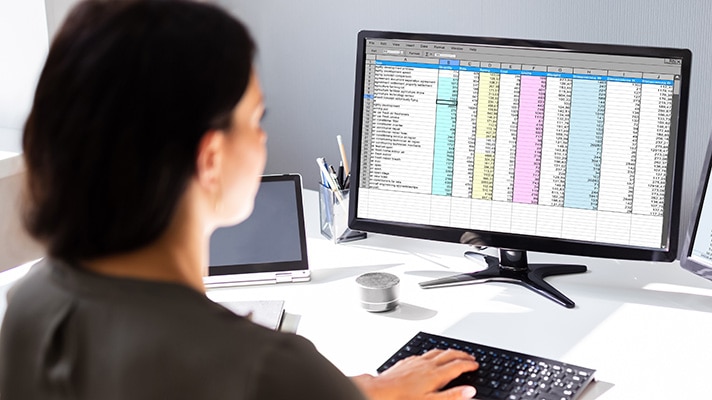Accounts receivable—an example
Company bookkeeping may require your firm to post dozens of receivable transactions each week. You need a clearly stated process to post accurate data.
Here’s a receivable example: you manage a tree service company, and you bill customer Smith $500 for removing a tree on 25 March. The customer does not pay immediately. Here’s the journal entry to record the sale in the general ledger:
25 March
Debit #3000 accounts receivable $500 (increase)
Credit #7000 revenue: tree removal $500 (increase)
(To record the tree removal revenue and to increase the accounts receivable.)
Both accounts receivable and revenue are increased.
When Smith pays the invoice 6 April, your tree service company posts this journal entry:
6 April
Debit #1000 cash $500 (increase)
Credit #3000 accounts receivable $500 (decrease)
(To remove the accounts receivable balance and to record the cash payment.)
The cash is received in April, but the revenue is correctly recorded in March. Using accounts receivable posts the revenue in the month earned, and your accounting records are consistent with the accrual basis.
Liquidity is defined as the ability to generate sufficient current assets to pay current liabilities, such as accounts payable and payroll liabilities. If you can’t generate enough current assets, you may need to borrow money to fund your business operations.














